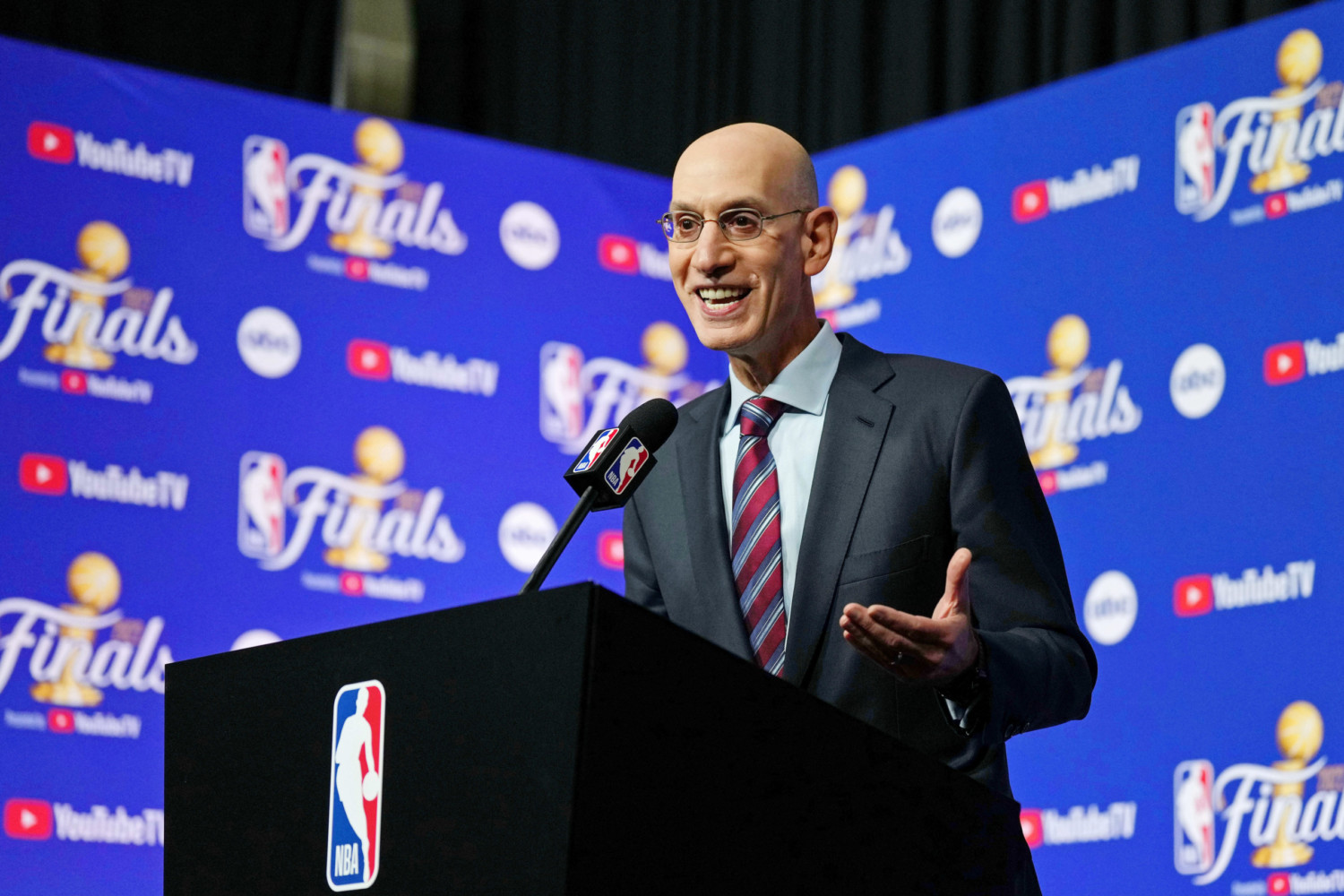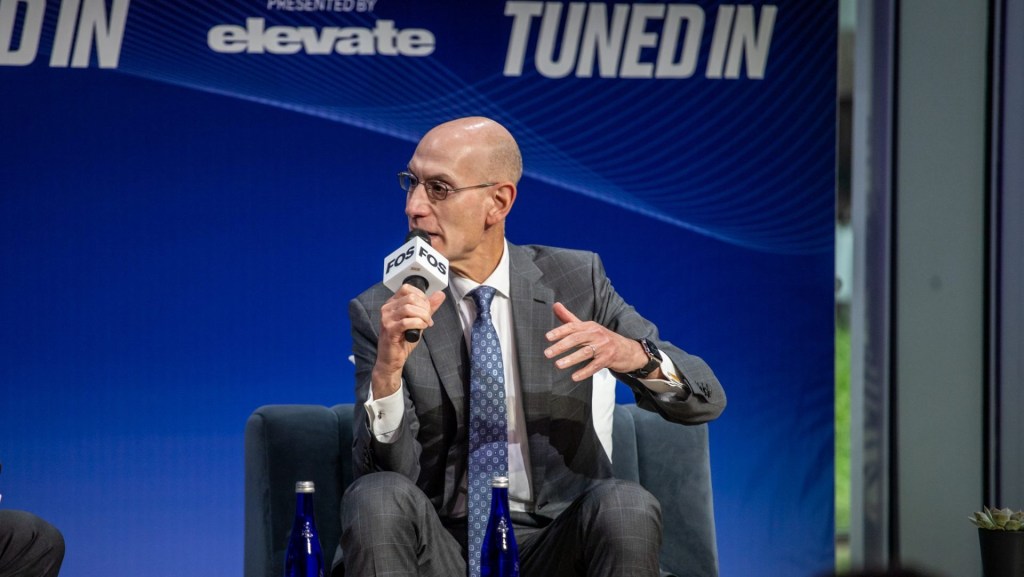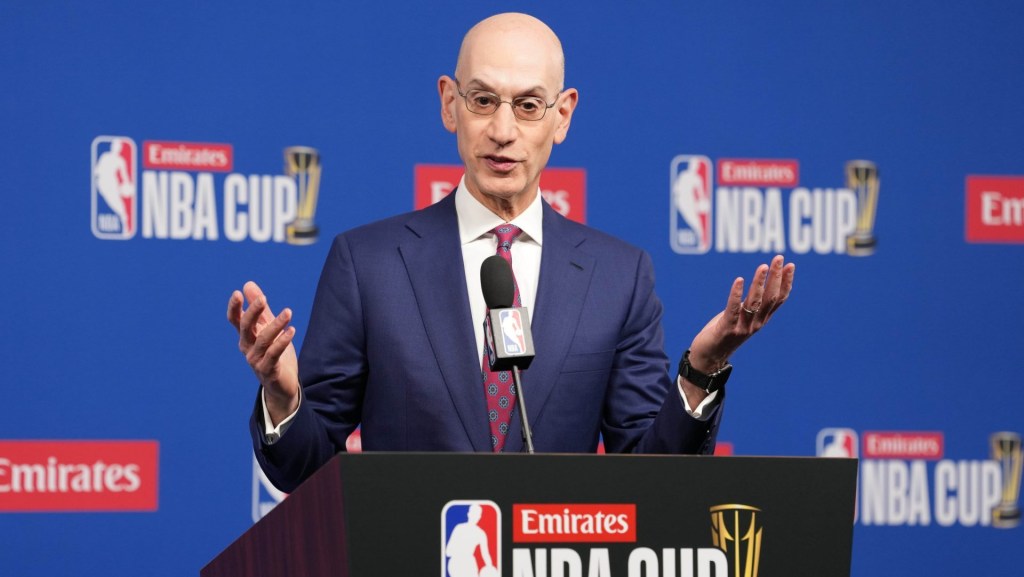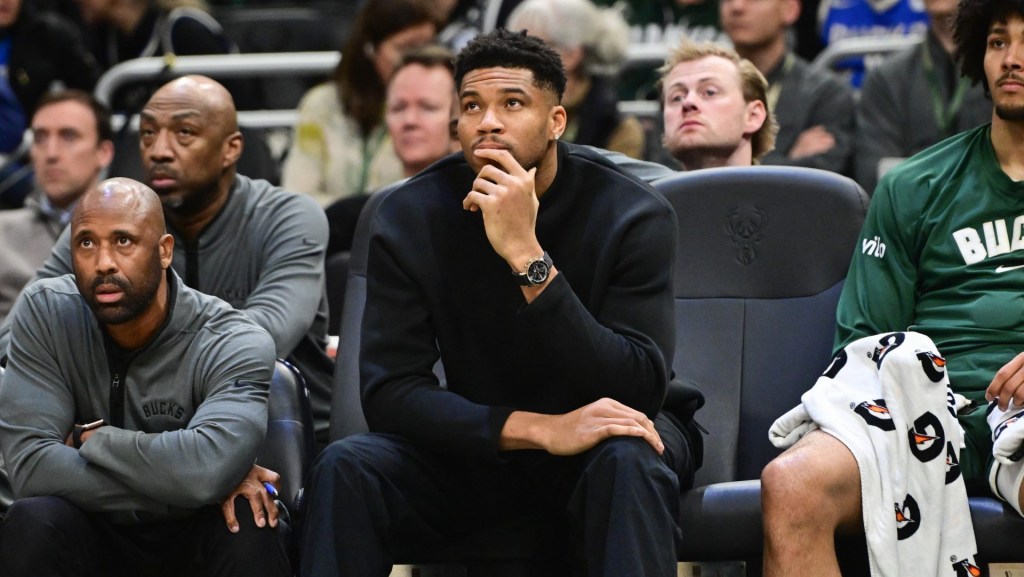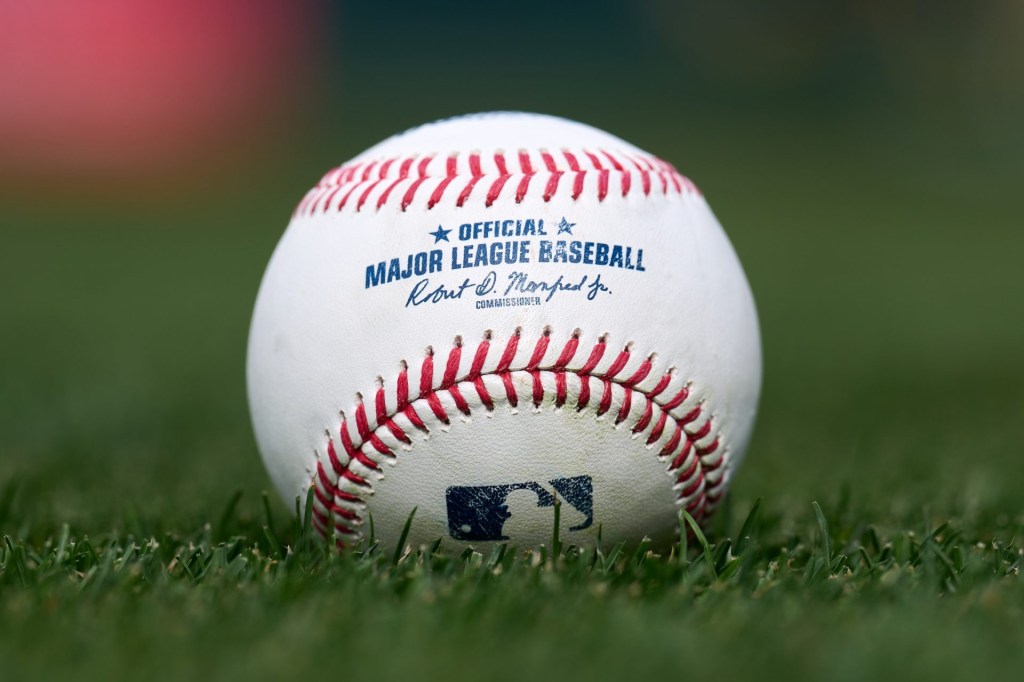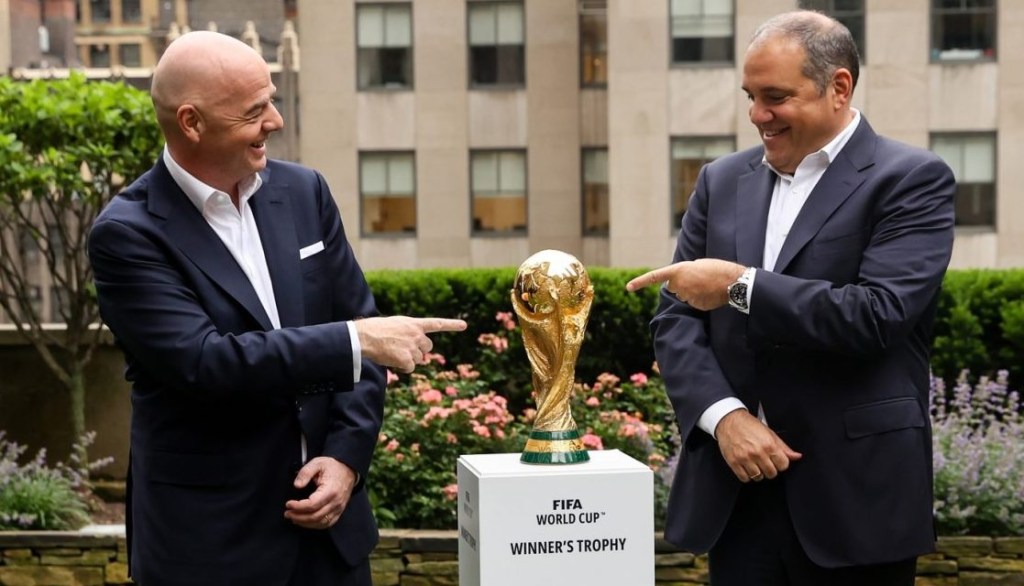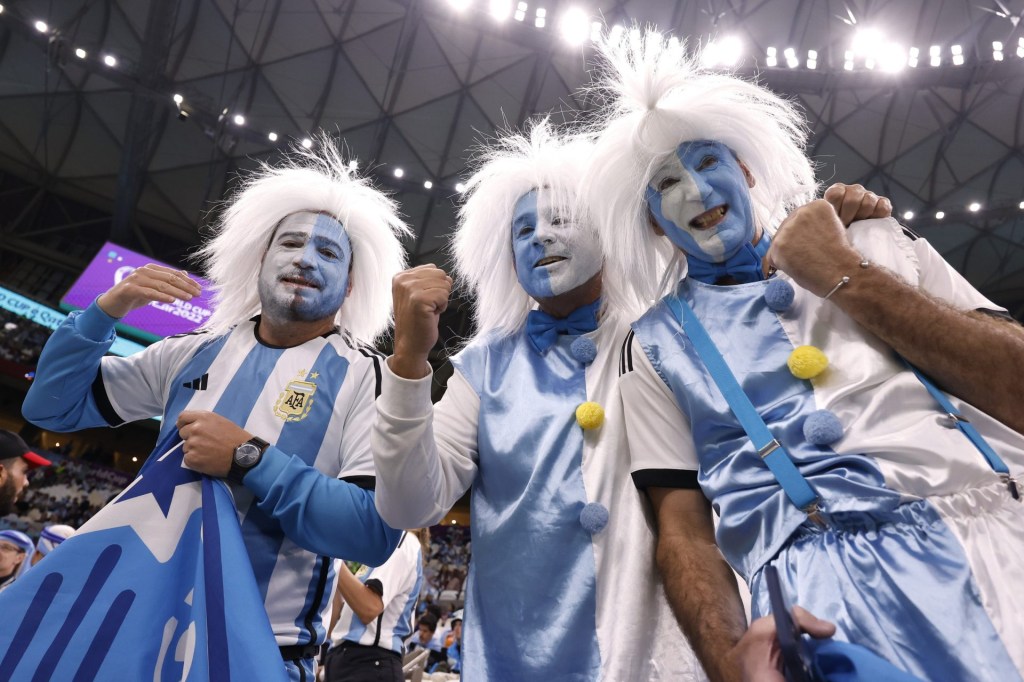The NBA isn’t struggling by any means. The product is solid enough to boast the most-viewed postseason (3.7M) through the Conference Semifinals on ESPN, ABC, TNT, and NBA TV in eight years.
NBA League Pass saw a 30% spike in subscribers, and the league’s social media platforms garnered 13 billion video plays, a 7% increase from last year — and by far the most among all four major North American sports.
But times are different: The league lost a reported $695 million in revenue during COVID; some teams — even in big markets — are reporting losses; and the NBA wants $75 billion when the CBA expires in 2024, triple the current deal ($24B).
Commissioner Adam Silver spoke before Game 1 of the 2022 Finals about how the NBA is weighing all of its options on how to appropriately adjust and innovate.
Money on the Line: Positionless All-NBA Teams?
Voters in the media could use a little help from the league on All-NBA criteria. Is it the best players, or the best players at each position?
For over 60 years, All-NBA Teams have been comprised of two guards, two forwards, and one center.
“I think a fair amount of consideration is going into whether…the media should just be picking top players than picking by position,” Silver said. “I think we are a league that has moved increasingly toward positionless basketball, and the current system may result in some inequities based on the happenstance of what your position is. So that is something we’re looking at.”
Joel Embiid — an MVP favorite for most of the season, who led the league in scoring (30.6 PPG) — fell to the All-NBA Second Team because he plays the same position as MVP winner Nikola Jokic.
“It’s something that we will discuss with the Players Association because it has an impact on incentives and players’ contracts.”
Trae Young made nearly $37 million for his selection; he signed a $170 million extension that rose to $207 million thanks to an All-NBA incentive.
Devin Booker and Karl-Anthony Towns are now eligible for $211 million extensions beginning in 2024-25. Both had clauses in their contracts from 2018 that indicated supermax eligibility if they made at least one All-NBA Team before their rookie max expires in 2024.
In 2018, Embiid’s Second Team placement cost him $29.3 million over a five-year period. He signed an extension in 2018 to pay him 25% of Philadelphia’s cap — but that deal would’ve jumped to 30% if he’d made First Team All-NBA.
There’s simply too much money on the line — and the league cannot afford to cause a rift with its superstars.
In-Season Tournament: ‘Not There Yet’
Shams Charania of The Athletic reported that the NBA is exploring options for an in-season tournament beginning in 2022-23, though there’s been no clear vision how the NBA plans to implement it.
“We are not there yet,” Silver said. “We continue to talk to our Competition Committee about it, our team governors, the Players Association, to see if there’s a way throughout the season to create more meaningful games, more games of consequence, potentially a tournament that would arguably replace some of the regular-season games but would be more meaningful.”
In a poll of 813 NBA fans, 50% said they disliked the idea, while the other 50% either liked it or felt indifferent.
There are legitimate concerns:
- When would it take place?
- Load management and injuries.
- What’s the incentive?
Though it feels taboo, the NBA’s innovative play-in idea has been a major hit — especially for viewership. Last year’s Lakers-Warriors play-in game drew 5.6 million viewers — the most for an ESPN NBA telecast since the 2019 Western Conference Finals.
When you lose $695 million in revenue during COVID, you’re going to have conversations about the future of the game.
Expansion In 2024: Not So Fast
In late March, Oak View Group unveiled plans to build a $3 billion stadium near the Las Vegas strip, with reports that the investment group is banking on an expansion to Sin City.
The Las Vegas Raiders are worth $3.1 billion, which is 29th in the NFL. Put that number in the NBA, and Vegas has the seventh-highest valued team.
Dreams of an expansion team — whether that’s a start in Vegas or a return to Seattle — are premature.
Oak View already built a $1.3 billion stadium in Seattle where the NHL’s Kraken play, and they’re creating more space in anticipation for a SuperSonics revival — but the construction wouldn’t be done until 2026.
“That talk is not true,” Silver said. “As I said before, at some point, this league invariably will expand, but it’s not at this moment that we are discussing it.”
Silver also explained filling out additional rosters could cause parity issues given the scarcity of elite talent. After all, 12 out of 30 teams this year lost more than half of their games.
“I find it remarkable that when you have the second-most-played sport in the world after soccer, tens of millions of young men playing in this game, and…450 [of the] best in the world in this league, that there’s a few of them who separate themselves. There is a drop-off in talent after that… We’ll be looking at it at some point, but there’s no specific timeline right now.”
However, with the game growing internationally (the last four MVP trophies have been awarded to foreign-born players) — it shouldn’t be out of the question, like Silver says, in the future.
